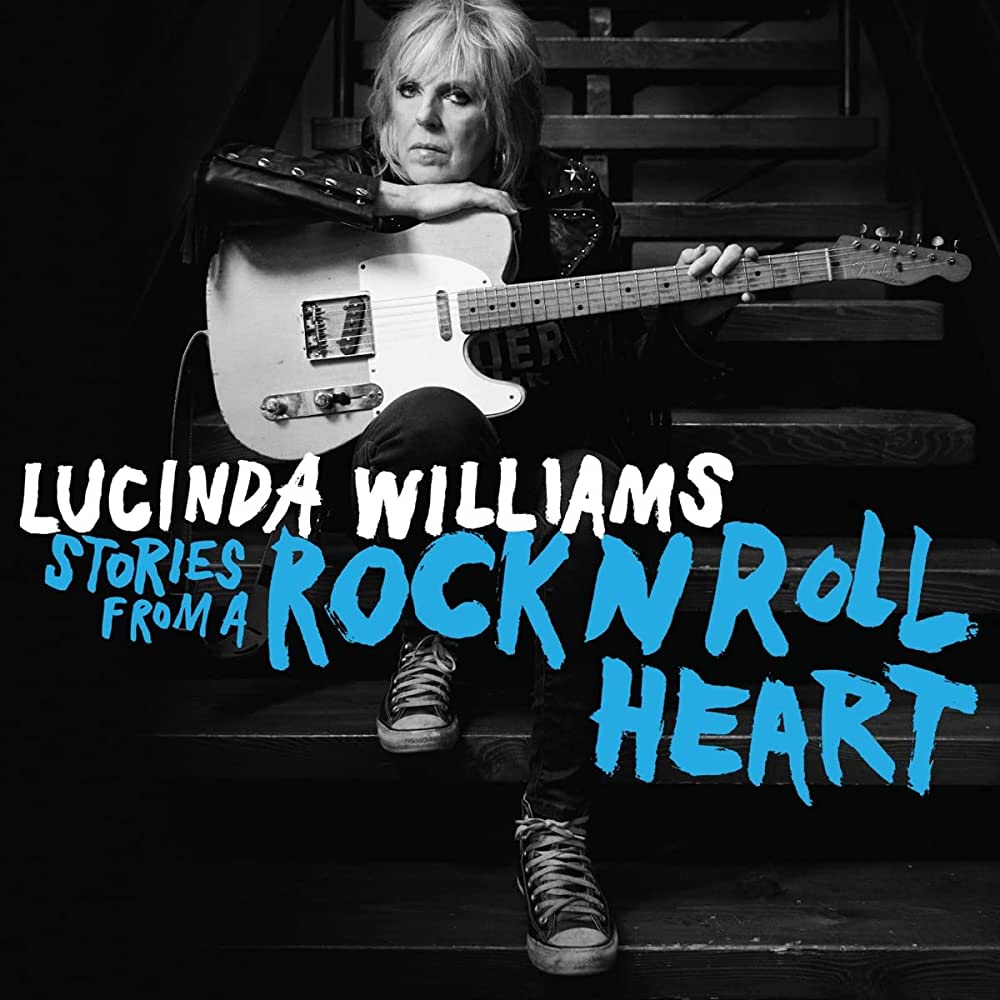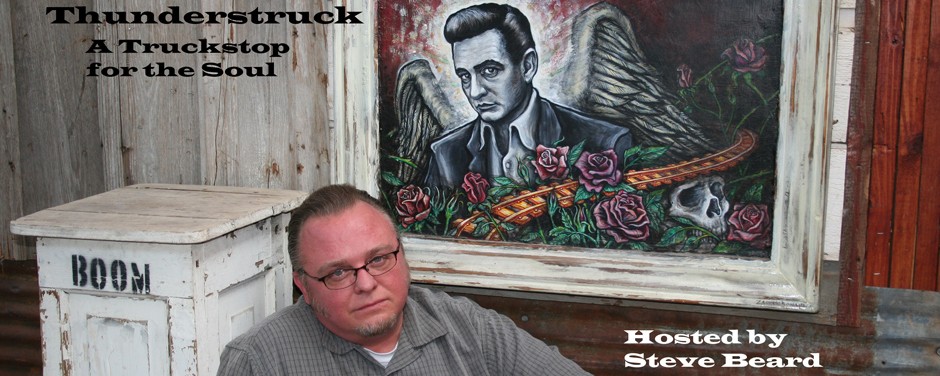 By Bronwen Dickey, Garden & Gun
By Bronwen Dickey, Garden & Gun
Excerpt: To a male-dominated, marketing-driven industry that fetishized youth, she didn’t belong—at least not in the way record executives wanted her to. There would be no spangles or shoulder pads; she wore dark eyeliner and leather jackets with her cowboy hats. Her songs blended folk and blues, rock and country, punk and zydeco, with an undercurrent of Southern gothic, as if Flannery O’Connor had joined Tom Petty for a late-night drive. Like traditional folk ballads, most of them didn’t have bridges, and they weren’t easily packaged for mainstream radio. They were songs for people who cared about storytelling: personal and direct, plain and profound, filled with misfits who were still worth loving.
Williams tried not to get “too spiritual woo-woo” about the writing process, but when the music was going well, she felt as though she became “a receptacle or vehicle through which the creativity flows.” Sometimes that happened in a bar, sometimes at a cheap motel. Other songs she crafted from a file of notes she kept in a briefcase. She revised her lyrics countless times, usually seeking her father’s feedback, then worked out the melodies on a ’72 Martin D-28. She was the storm, and her guitar drew the strike.
In life, anxiety and self-doubt plagued her. She dreamed she was trapped in a house filled with dark secrets and locked doors. But in her songs, all the doors were open. She could talk about every feeling, every heartbreak, every toxic—even terrifying—relationship. She went where the silence was and sang.
“Her voice was the most original thing of anybody that I knew,” says the singer-songwriter Steve Earle, who met Williams in Texas in the early seventies. “She wasn’t trying to be Joan Baez or Joni Mitchell; she was trying to be Muddy Waters or Howlin’ Wolf.” Her literary worldview combined with her lively rhythm guitar, honed over years of busking on street corners and gigging with blues musicians, granted her entry into what was then very much a “boys’ club.” She and Earle became friends, running in the same circles as the outlaw guitarist Blaze Foley and cult legend Townes van Zandt.
Full article HERE
